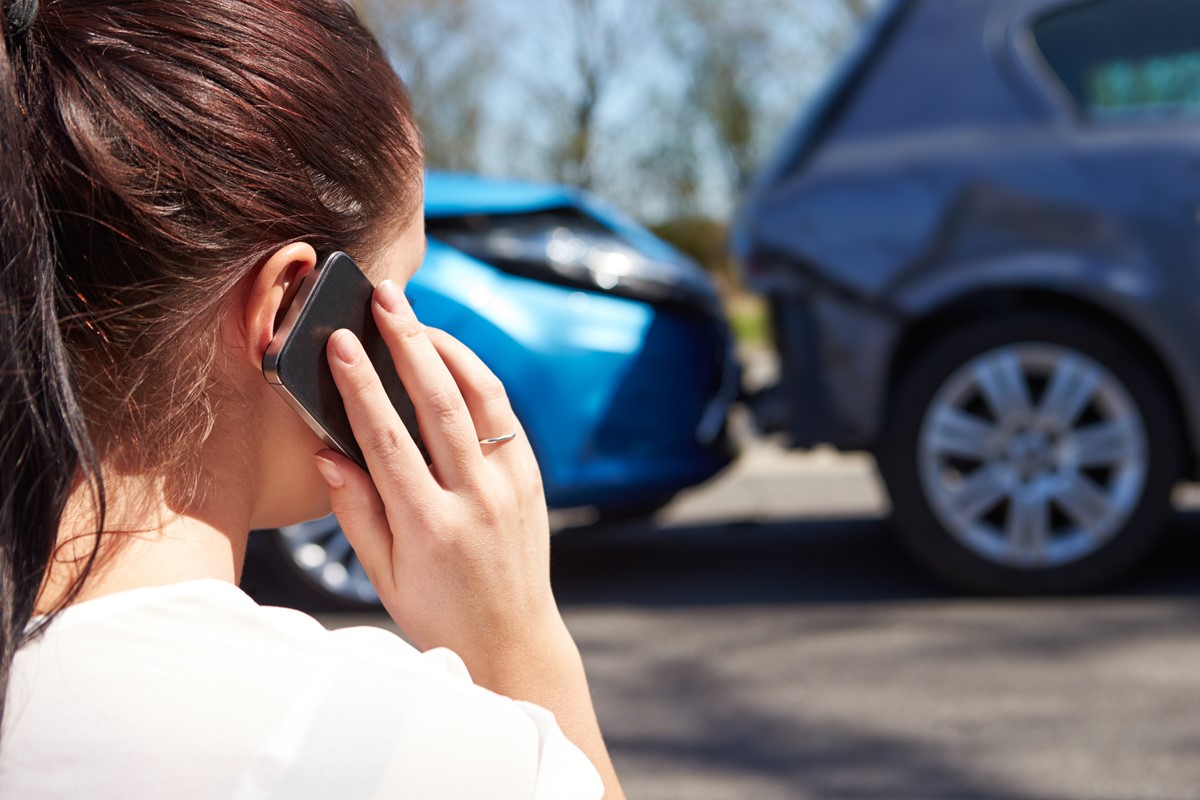Like cars, auto insurance policies have different parts with different functions. In this article, we’ll discuss the three types of coverage that most states require owners of registered vehicles to carry—bodily injury liability, property damage liability and uninsured motorists coverage.
Liability Coverage
Nearly every state requires an owner of a registered automobile to have a minimum amount liability coverage. The liability portion of an insurance policy, Part A, will cover the insured’s liability if he or she accidentally causes bodily injury or property damage to another person while operating a covered auto. Even if you have a “junker” and you don’t care if it gets damaged or stolen, you need liability coverage to pay for any injury or property damage your vehicle might cause to others in an accident.
About Liability Limits
When you ask an agent how much coverage your auto policy provides, they’ll generally answer with three numbers, such as 20/40/10. These are the policy’s liability limits, or the maximum the policy will pay when you become liable to others for injury or property damage.
The first number represents the most your policy will pay in bodily injury liability coverage, in thousands, per person injured. The second number is the maximum amount of bodily injury coverage per incident, as when more than one person is injured. The last number is the amount of property damage coverage available per incident. This policy would therefore provide up to $20,000 in bodily injury coverage per person, up to $40,000 for a single incident. It would also pay up to $10,000 for property damage resulting from the accident. Because this is liability coverage, it covers damage to vehicles and property owned by others, not you.
Some policies state the liability limit as a single amount, such as $50,000. These “combined single limit” policies provide one limit for a single occurrence, without per-person or property damage sub-limits.
This type of policy can give you a little bit more flexibility at claim time. For example, both the 20/40/10 policy and the $50,000 combined single limit policy would pay up to $50,000 in liability damages for any one accident. However, let’s say you had an accident that totaled two relatively new cars (not including your own) but caused no bodily injury. Your liability in this case could easily come to $30,000 or more. The first policy would pay only $10,000, the maximum property damage limit, while the combined single limit policy would pay up to $50,000.
As another example, if you were involved in an accident with a pedestrian, the first policy would pay a maximum of $20,000 in bodily injury liability. With today’s hospital costs, medical bills from a serious accident could easily exceed that. The combined single limit policy would pay more, up to $50,000.
Although combined single limits are desirable, when buying insurance the amount of your limits matters more than the type of limits. Generally, the more assets you have, the higher the liability limits you’ll want. We can help you select limits that make sense for your situation and budget.
Medical Payments Coverage, or Personal Injury Protection
Medical payments coverage, Part B, is optional in most states; however, most “no-fault” states require auto owners to carry personal injury protection (PIP), a similar coverage. Both pay “reasonable expenses” for you, a family member or your passenger if accidentally injured in a car or light truck intended for road use, subject to certain exceptions. It also covers you or a family member if injured as a pedestrian. Coverage applies no matter who is at fault in the accident.
This coverage usually has fairly low coverage limits, such as $5,000 or $10,000, and is intended to supplement any coverage you might have under a medical plan. Most policies also time-limit claims, only paying expenses incurred within three years of the accident. Unlike most medical plans, medical payments coverage and PIP do not have a deductible and are not subject to network or preferred provider requirements, so if you have a managed care or high-deductible health plan, you might find this coverage useful. If you have a good medical plan, however, you can save money on your insurance premiums by declining this coverage in states that permit this.
PIP often provides somewhat broader coverage than medical payments, offering payments for limited reimbursement of lost income, funeral expenses and “loss of services.”
Uninsured Motorists Coverage
About one in eight drivers does not have auto insurance, according to a 2014 study by the Insurance Research Council (IRC). Although you generally find higher percentages of uninsured motorists in urban areas, Oklahoma had the highest uninsured rate, at 26 percent, while Massachusetts had the lowest, at 4 percent. You’ll generally find higher percentages of uninsured motorists in urban areas.
Uninsured motorists coverage protects you if an uninsured (or under-insured) driver injures you, a covered family member or your passenger during an accident. Coverage also applies to you and covered family members if an auto hits you when you’re walking or if you’re injured in a hit-and-run accident where the driver is never identified. In many states, you can also buy uninsured motorists coverage for damage to your property as well.
For more information on auto insurance or a review of your current coverage, please call us.



